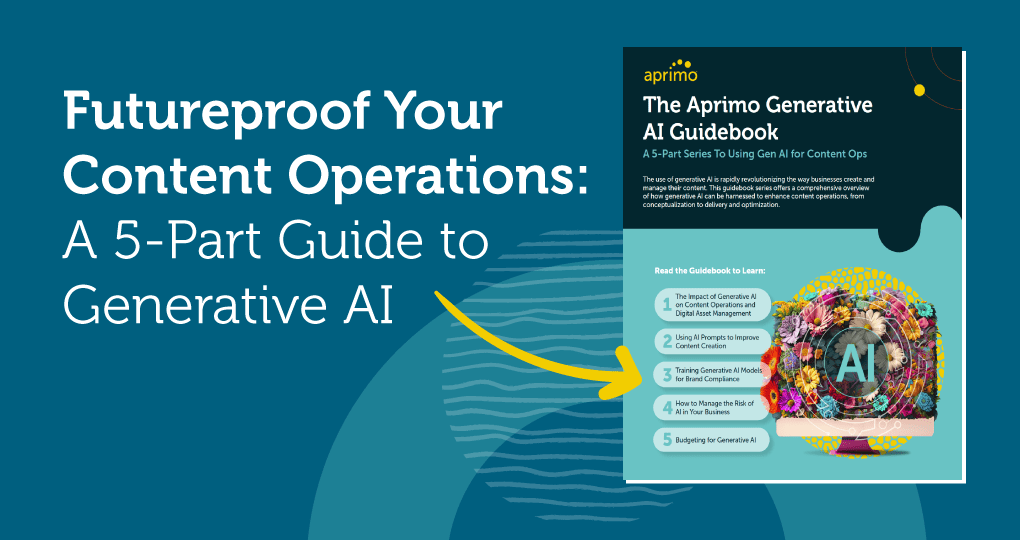Strategic Content Development: Building a Roadmap for Compelling Digital Narratives

Marketing leaders use content development strategies to ensure the right content finds the right prospects. Development is an essential piece of content operations (shortened to content ops), which refers to the processes, people, and technology involved in planning, making, and distributing content.

Understanding Strategic Content Development
Your content development strategy acts as a roadmap for creating, distributing, and measuring the performance of content. A successful content plan involves setting goals, creating a content calendar, targeting audiences based on buyer personas, optimizing content operations, and implementing evaluative criteria.
In a digital-first business environment, strategic content empowers brands like yours to have a stronger search presence as users search for topics related to your area of expertise. Through content shareability across other channels like email and social media, strategically developed content also has the power to promote engagement with customers and consumers in general.
Key Components of a Compelling Digital Narrative
To build compelling digital content that connects to the right people, there are some important steps to take.
Identify Your Target Audience
Build buyer personas to identify segments to target with different types of content. Develop each buyer group as if they are an individual with a specific set of personality traits and preferences. To find out how best to connect with each persona, answer questions like:
-
What are this person’s habits? What does their daily routine look like?
-
What do they care about? What are their worries? What are their priorities?
-
How do they prefer to communicate with others?
Craft a Unique Brand Voice
When viewers read your content, they should grasp the tone and traits of your brand. A valuable exercise in creating a brand voice that reflects your values and mission is to personify your brand just like the buyer personas. Discover and define your brand’s ?personality,? then tie those traits to how this sort of person would speak to your target audience.
Incorporating Storytelling Techniques
Creative storytelling techniques are a powerful tool to connect readers to your message. Storytelling offers a recognizable, less formal, more personal approach to marketing than direct sales pitching.
According to business owner and New York Times bestselling author Donald Miller, a ?StoryBrand? is a company with clear marketing and sales messaging that aligns with a framework focused on the customer as the protagonist of their own story. In this framework, the brand plays the role of the ?guide? who mentors the buyer, gives them a plan, and calls upon them to enact it to try to solve their own problem. The StoryBrand scheme creates customer-first buyer experiences that empower them to face their own challenges using your solution.


Building a Roadmap for Strategic Content Development
Creating your strategic content development plan involves three main steps:
Conducting a Content Audit
Dive into your analytics to see how your content is performing. Consider engagement metrics across channels for each piece to see which ones connect best in which places.
Additionally, collaborate with sales teams to connect existing content to their sales goals, like attracting prospects, encouraging reach-outs, and closing sales. Also, use keyword and competitor research to identify gaps in your current content library that need to be filled.
Setting Clear Objectives and Goals
Set strategies for content that match overall business goals. For instance, to help the sales team target a new segment, research keywords to identify topics relevant to that audience and find out which channels work best to reach that audience.
Alternatively, to drive more web users to take actions like contacting sales, you might A/B test different call-to-action (CTA) placements, frequencies, types, and landing pages on high-performing content to find the best conversion strategies. No matter the goal, make sure to tie your strategy back to measurable KPIs so you can evaluate success and make informed content decisions moving forward.
Establishing a Content Calendar
A content calendar covers the dates and channels for all content to be distributed and promoted. Once you identify gaps in your library and set goals that tie back to business objectives, the calendar puts your strategic plans into action.
Content Creation Best Practices
Best practices within content development include:
-
Using high-quality visuals and multimedia: Catch consumers’ attention and promote your brand identity through consistently branded multimedia and visuals. Depending on your industry, consider prioritizing images that feature people and feel warm and personal. When using stock pictures and video, ensure you have the proper permissions to avoid legal problems.
-
Incorporating SEO-friendly elements: Search engines prefer organic content that gives real value and context to search queries. Enhance the value and rank of your content on search engines by (1) identifying keywords that your target audiences search for, and (2) naturally incorporating those phrases into content that addresses that topic directly.
-
Ensuring consistency across platforms: Your brand is a point of trust for your customers. Make sure your brand feels familiar and is recognizable across channels by properly educating personnel on brand guidelines and keeping them in a singular, easy-to-access storage place like a digital asset management (DAM) system.


Leveraging Technology in Content Development
As new technology emerges, it provides more chances to optimize your content strategy. Three ways to leverage technology in content ops are:
-
Utilizing artificial intelligence (AI) tools for content optimization: AI continues to learn and grow, offering new use cases for marketers, such as content coaching. This allows marketers to co-create alongside AI for enhanced content quality and adaptability to new audiences.
-
Analyzing data for content insights: Understanding content metrics, including how to track them and how to align KPIs with goals, is imperative for marketing leaders. Prioritize retention and engagement metrics, as well as conversion tracking, to properly evaluate content performance over time.
-
Staying updated with industry trends: Trends within your industry can provide insights on how better to reach common target audiences with real-time marketing content. Pay attention to competitors and relevant trade outlets to keep up with current news and events and create content around them.
Measuring Success and Making Iterations
When evaluating the success of marketing initiatives, key performance indicators (KPIs) for content should measure:
-
Awareness through metrics like views
-
Engagement through metrics like time spent on a web page or actions like clicks, shares, or comments
-
Conversions through company-specific goal metrics like contact forms submitted after visiting a specific page or piece of content
Additionally, analyze user engagement and feedback to see how your content is received. Doing this helps you make better informed content decisions moving forward.
Once you identify, track, and evaluate key metrics, make data-driven adjustments to the overall content strategy. For example, find related keywords and topics to expand upon engaging content, or focus less on topics that don’t connect with the intended audience.





